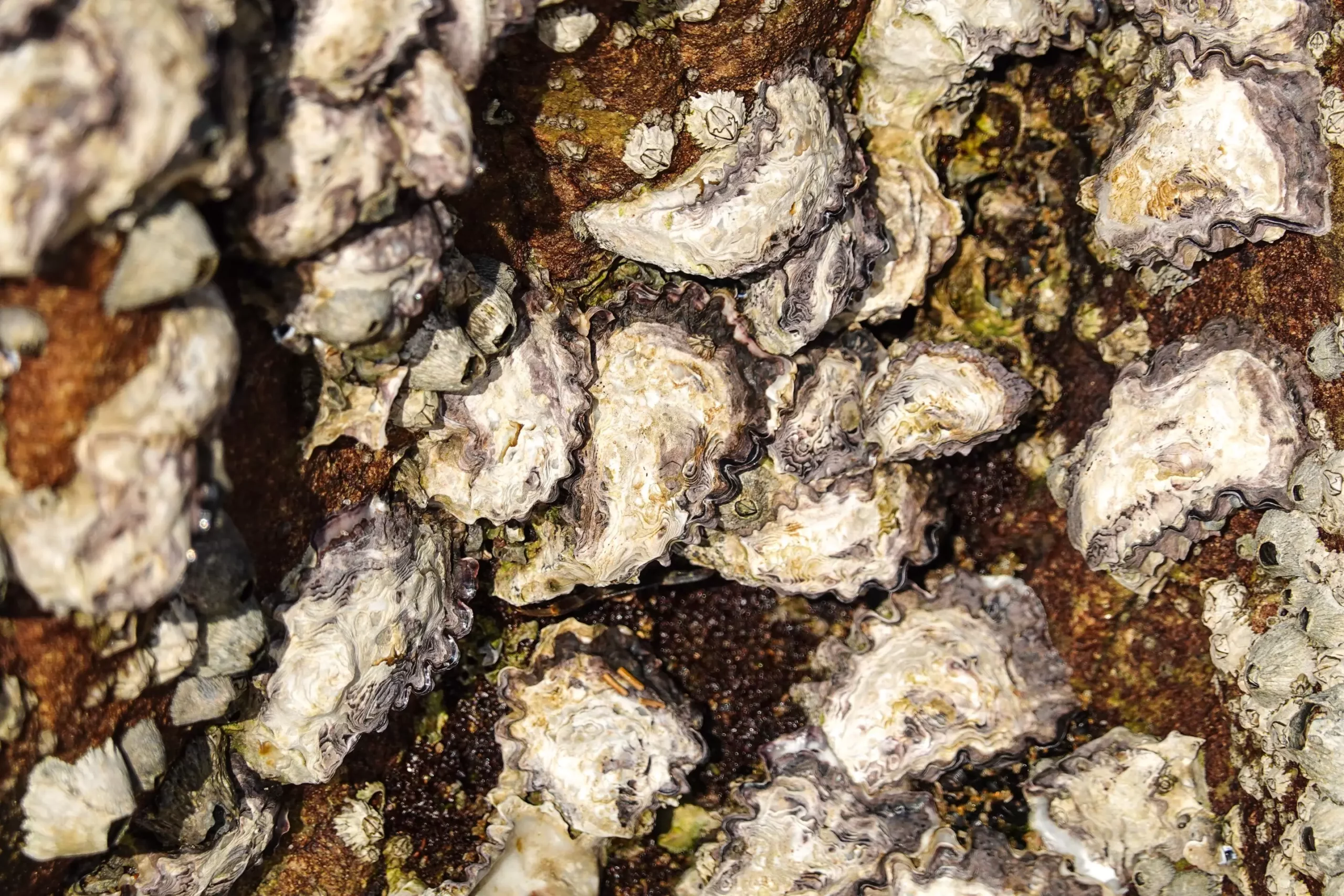When we think of seafood delicacies, oysters often come to mind, primarily due to their culinary appeal. However, beneath their unassuming exterior lies a plethora of biological wonders, particularly in the case of freshwater oysters. Recently, a study led by an international team at the University of Saskatchewan has unveiled that these creatures possess unique adhesive properties that could revolutionize the development of environmentally-friendly glues. This groundbreaking research moves beyond the mere gastronomic value of oysters into the realm of sustainable materials, potentially impacting industries ranging from healthcare to construction.
The focus of this research is primarily on Etheria elliptica, a species of freshwater oyster found in Africa’s rivers and lakes. These oysters have developed a specialized adhesive that allows them to securely attach to various surfaces, including wood and other oysters, thereby forming intricate underwater ecosystems. Prior to this study, Etheria elliptica and its adhesive properties had gone largely unexplored. The adhesive is distinctive due to its composition of aragonite, a mineral that forms the structural component of many marine organisms. What sets this oyster adhesive apart is its remarkable gradation in hardness—soft on the exterior and progressively harder within—suggesting a highly evolved mechanism for adhesion.
The Research Journey
Led by Professor Rebecca Metzler from Colgate University, the research harnessed the advanced capabilities of the Canadian Light Source (CLS) to delve into the composition of this adhesive. Miller emphasized the importance of spectral data in understanding the materials’ structure and properties, which is crucial for potential applications. The CLS provided the right combination of microscopy and energy range to observe and analyze the adhesive at a microscale level. This innovative approach underscored the necessity of interdisciplinary collaboration in scientific research, merging biology with advanced material science.
The implications of this research are far-reaching. With the unique adhesive properties of Etheria elliptica’s secretions, scientists see opportunities for developing synthetic alternatives that can mimic these characteristics. The envisioned applications range from dentistry to eco-friendly packaging solutions and even construction materials for underwater projects. Imagine gluing dental implants with a biodegradable adhesive derived from oyster properties or constructing environmentally sound packaging that decomposes over time—this is the vision that the research team strives to achieve.
Beyond the material applications, understanding the adhesive biology of Etheria elliptica holds ecological importance. Freshwater mussel populations, including oysters, are dwindling due to environmental changes and habitat destruction. By comprehending how these organisms create and maintain their habitats, we can devise strategies to conserve their populations better. This insight could also enhance sustainable practices in oyster harvesting, ultimately leading to more robust ecosystems and a greater appreciation for biodiversity.
Future Directions
The path ahead for this research includes not only synthetic applications of the oysters’ adhesive but also an examination of how climate change may impact these organisms. Investigating newer samples of Etheria elliptica will be vital in understanding any shifts that have occurred in the adhesive properties due to environmental stressors.
Professor Metzler’s team hopes to explore whether changes in the environment similarly affect the adhesive properties, continuing to bridge biology and material science. This inquiry could lead to critical revelations about not only the oysters’ adhesive capabilities but also their broader survival mechanisms in the face of climate change.
The exploration of oyster adhesives illuminates a fascinating intersection between nature and technology. As the demand for sustainable materials grows, understanding and harnessing the biochemistry of animals like the Etheria elliptica oyster will likely play an essential role in addressing ecological challenges and developing innovative solutions. The findings from this research may set the stage for a new era of eco-friendly adhesives while simultaneously aiding in the conservation of these remarkable creatures and the ecosystems they support. The journey of understanding oyster adhesives is just beginning, and its potential could reshape countless industries for a more sustainable future.


Leave a Reply